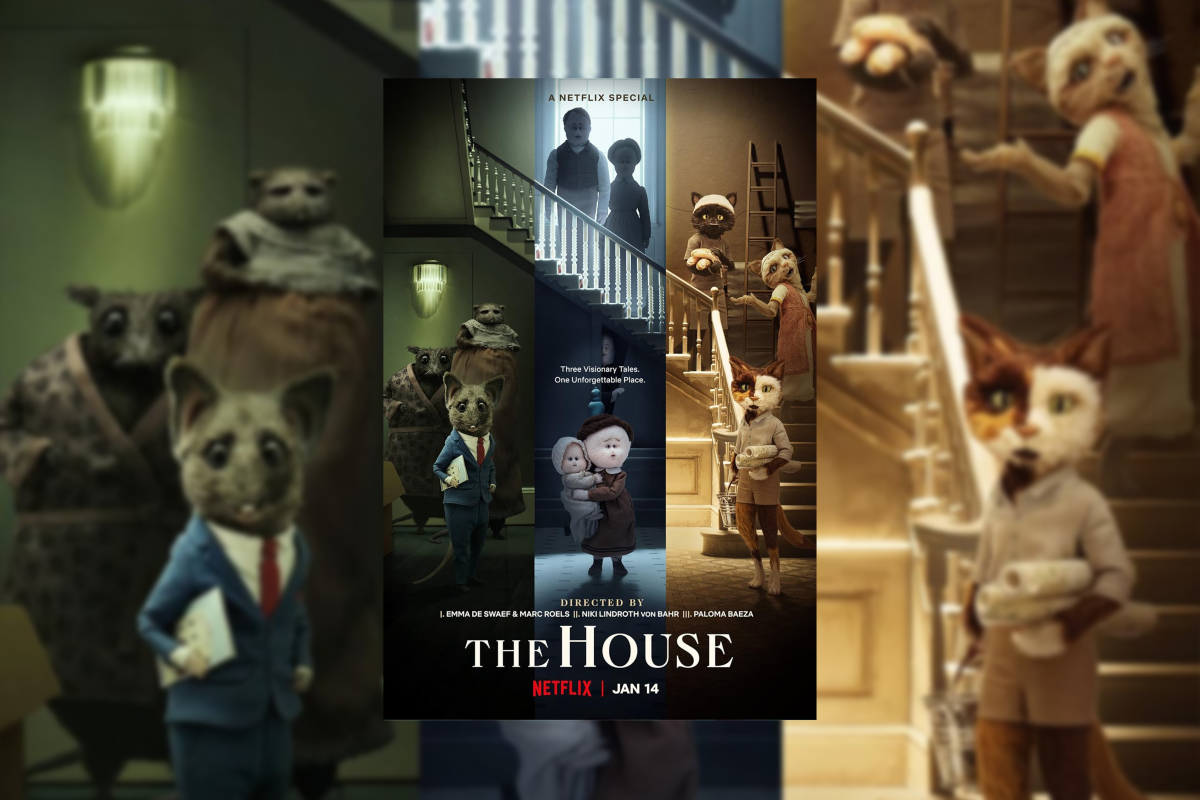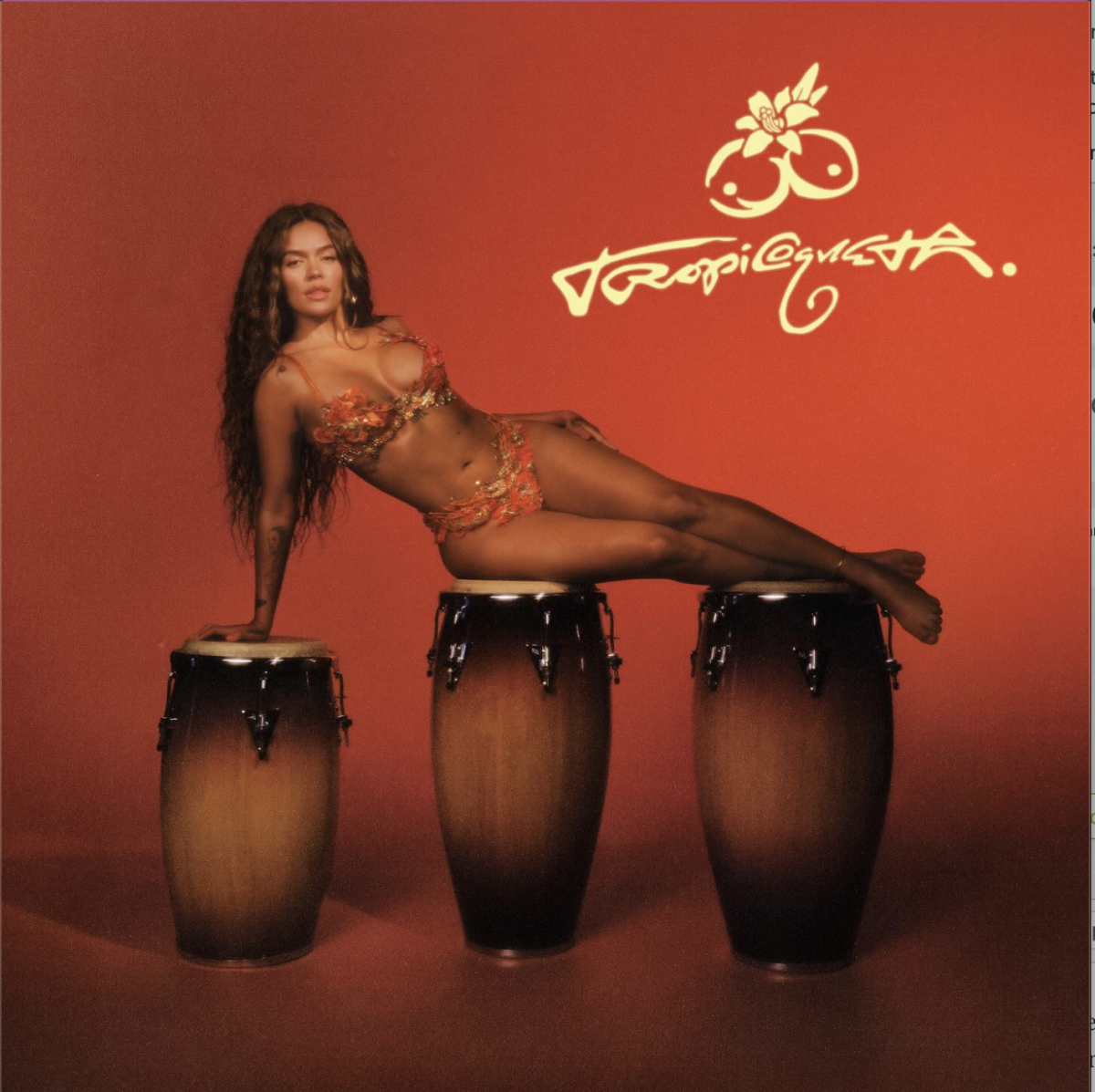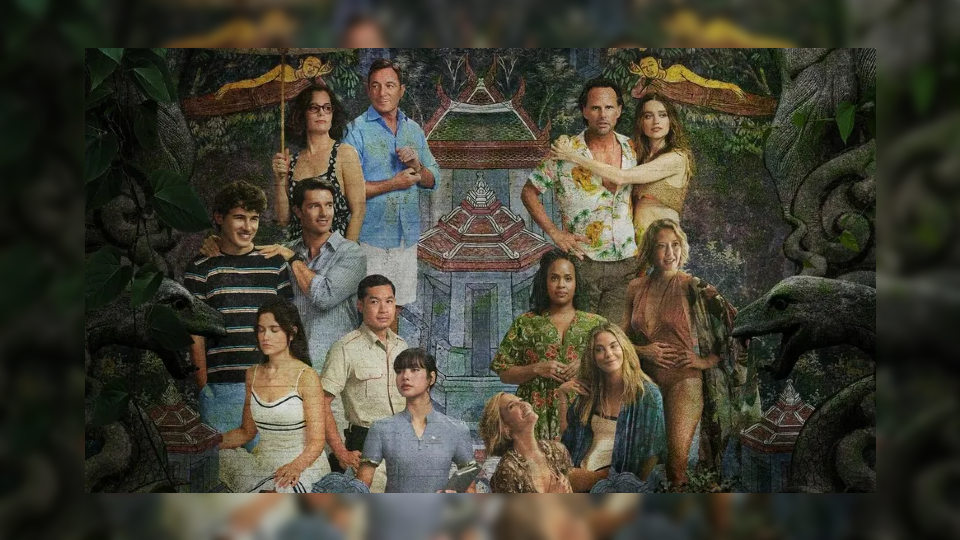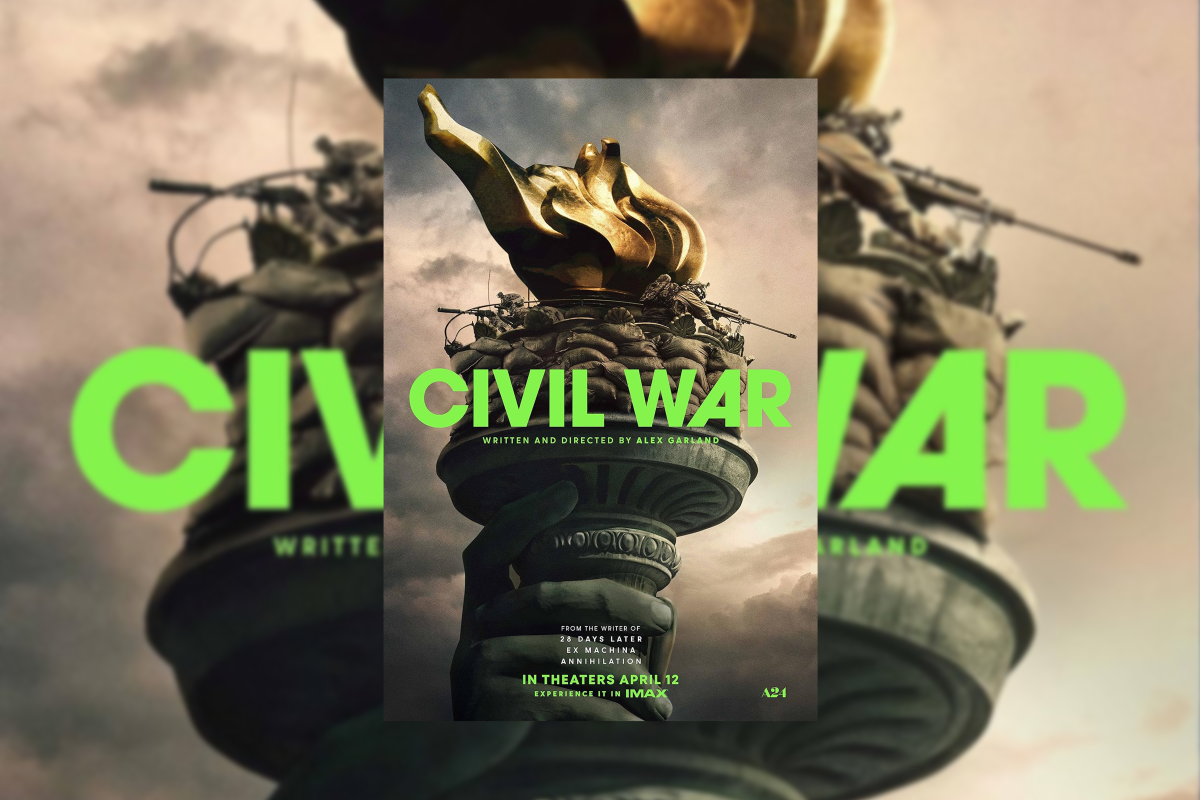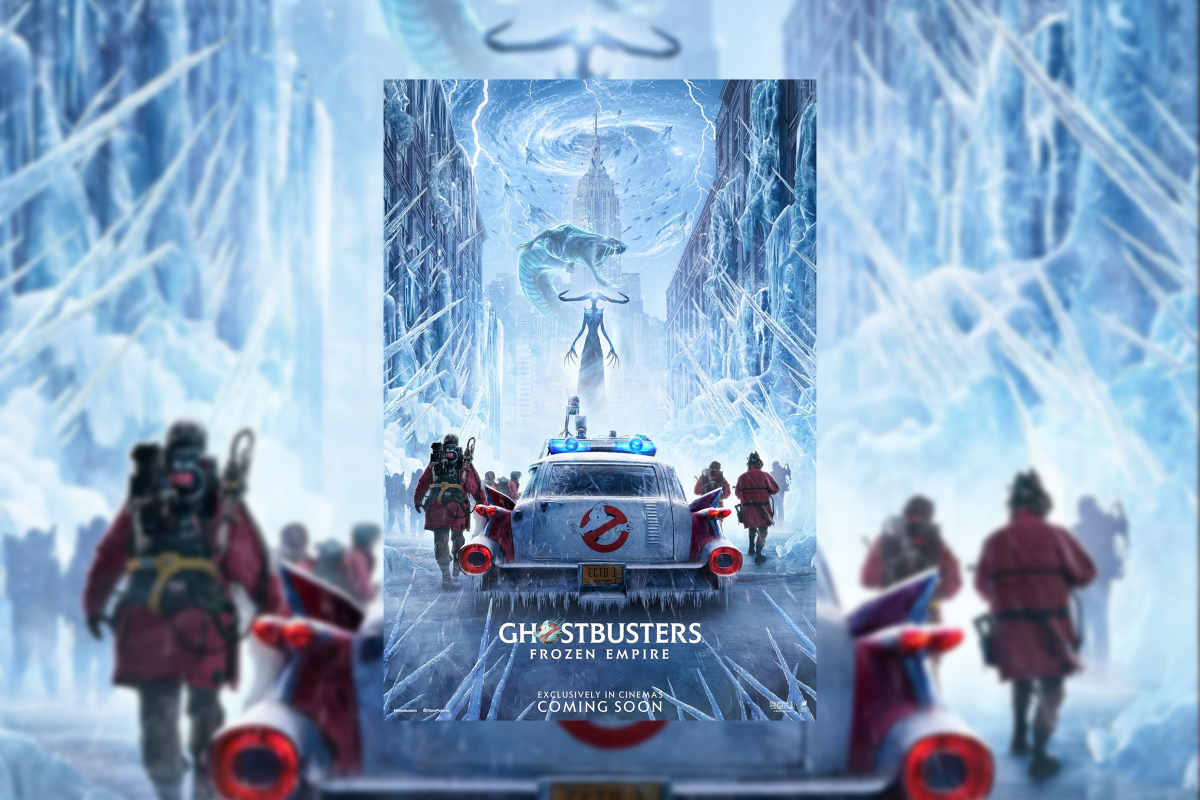Divided into three separate stories, “The House” is a complex stop-motion film that displays some profound psychological concepts with hidden messages throughout. Directed by Niki Londroth, Von Bahr, and Paloma Baeza, this collection will make you think– and maybe even frighten you.
1. “And Heard Within, a Lie is Spun”
The first story we are introduced to is opened with “and heard within a lie is spun.” This story resonates with me the strongest out of the three. Directors and filmmakers, Mark James Roels and Emma De Swaef, visually grab the audience’s attention right off the bat by presenting you with the eerie art style of the characters, which is specific to the duo’s other films and adds to the chilling, ‘on edge’ energy of the story.
What stood out to me the most with the sequence was dramatic irony. We often feel this while watching horror movies. This film, while not openly being a horror film, has us thinking things like “don’t do it” and “get out” from the very beginning. We watch the characters, specifically the parents Penny and Raymond, fall into the trap that Van Shoonbeek has laid out for them, noticing things that the characters themselves do not see.
In addition to this, the symbolism throughout this sequence is extremely strong. The star of the show is the house itself. In my opinion, based on this very first sequence, the house is more of an entity built off of greed and ignorance. Raymond meets the mysterious Van Shoonbeek, who offers to build the house after a very tense and reprimanding conversation with Raymond’s relatives. His plan all along was to watch the family which he viewed as weak and naive crumble and turn into exactly what they wanted.
Another thing that I noticed was the emphasis on Mabel’s dollhouse. In the beginning, we see Mabel playing with what looks to be an exact copy of the house that the family hasn’t yet been offered with two dolls who look like the characters in the second sequence. This proves that the house has always had a plan.
The burning of this dollhouse is the house metaphorically represents Penny and Raymond burning what was their happy life before in order to give into the house. It represents them giving themselves away to have materialistic things. No matter what happens, if someone is greedy enough within the house, the house will stay standing while it destroys whatever is inside.
2. “Then Lost is Truth That Can’t Be Won”
This story, based on what seems like current times, had less power than the first story in terms of dramatic irony. While it does contain some things that are supposed to catch our eyes rather than the character’s eyes, it holds the thrill for the final scenes and its plot twist. There were a few things that I noticed specifically about the symbolism in this piece.
The morals from the first sequence remain the same. While we see a character with different wants and needs, we are still being given an inside look at someone who is willing to do anything he can to get something for himself. Another thing I noticed is specifically the shapes of the bugs. When the developer comes to find insects roaming the house, we see two particular shapes: a tall, thin shape and a short, round shape. We then come to meet some strange rats who take on these two very specific shapes. The filmmakers did this purposely, in addition to using rats as the main human form for the world in the film, to make not only the viewers uncomfortable, but to make us think.
Both rats and bugs are considered vermin that can populate a house at the most unwanted times. The developer was really no better than the bugs that he was trying to get rid of.
3. “Listen Again and Seek the Sun”
Rosa is a cat who has seemingly taken care of this house for her entire life. It represents not only greed to her but also love and family. However, we come to see that Rosa has two very good friends in her life that she has overlooked due to her focus on the material of the house. Rosa decides to stay and be alone with the house, or move on, save her life, and start fresh as the entire world that she knows will be underwater soon.
I think it seems a bit out of place from the eeriness and thrill of the two other sequences. The film writers could have displayed the same message with a bit more dramatic and impactful effect than the two other sequences had.
The symbolism for this sequence specifically can be found not only in the house but in the entirety of its surroundings. Previously, the house remained untouched after a fire. In addition, we are also given the symbolism of the doll house being burned. The post-apocalyptic state of the world is completely submerged in water. The water that is flooding the earth may finally flood the house that has been burning, and taking for centuries.
The other tenants living in the house seemingly want to get nothing from it other than a place to sleep. They do not care about the house the way that Rosa does, meaning it is easier for them to escape the effects that it can have on a person inside.
They have not been dragged into the greed and material of the house, and this is shown by their eagerness to escape. In my opinion, the filmmakers decided to make the last human form cats because of the water. It is no secret that most cats cannot stand water, making it more interesting that Rosa was willing to be submerged if it meant that she could keep the house. The house still technically wins in the end, but it does not hold Rosa’s life the way that it did before.
The creators use a unique style to convey some dark themes that will make you think. Animation comes in many different advanced forms these days, but “The House” does an effective job of bringing stop motion to the forefront. Check out “The House” streaming now on Netflix.
For questions/comments about this story email [email protected] or tweet @TheWhitOnline.
























































































































































!["Working with [Dr. Lynch] is always a learning experience for me. She is a treasure,” said Thomas. - Staff Writer / Kacie Scibilia](https://thewhitonline.com/wp-content/uploads/2025/04/choir-1-1200x694.jpg)








































